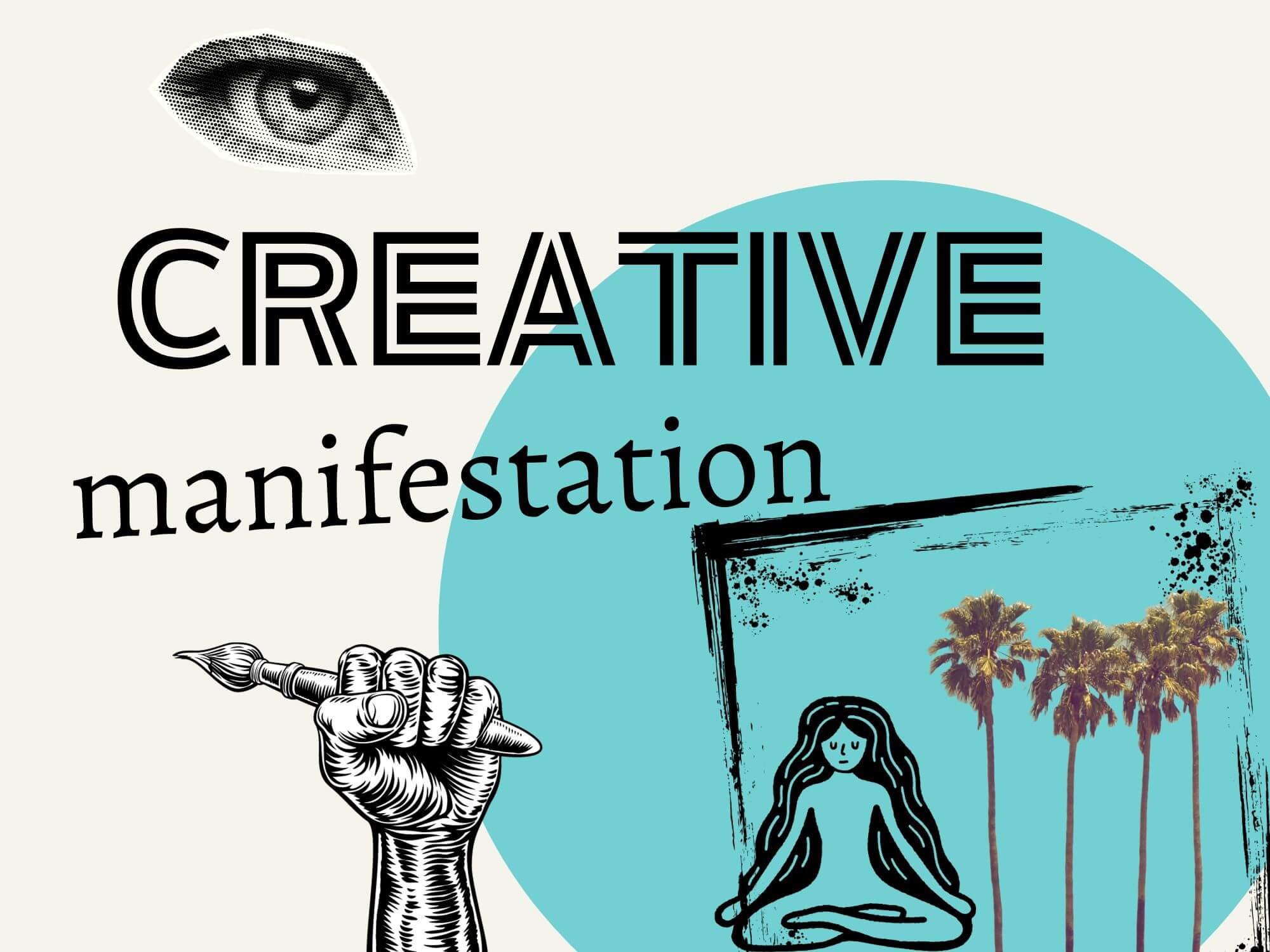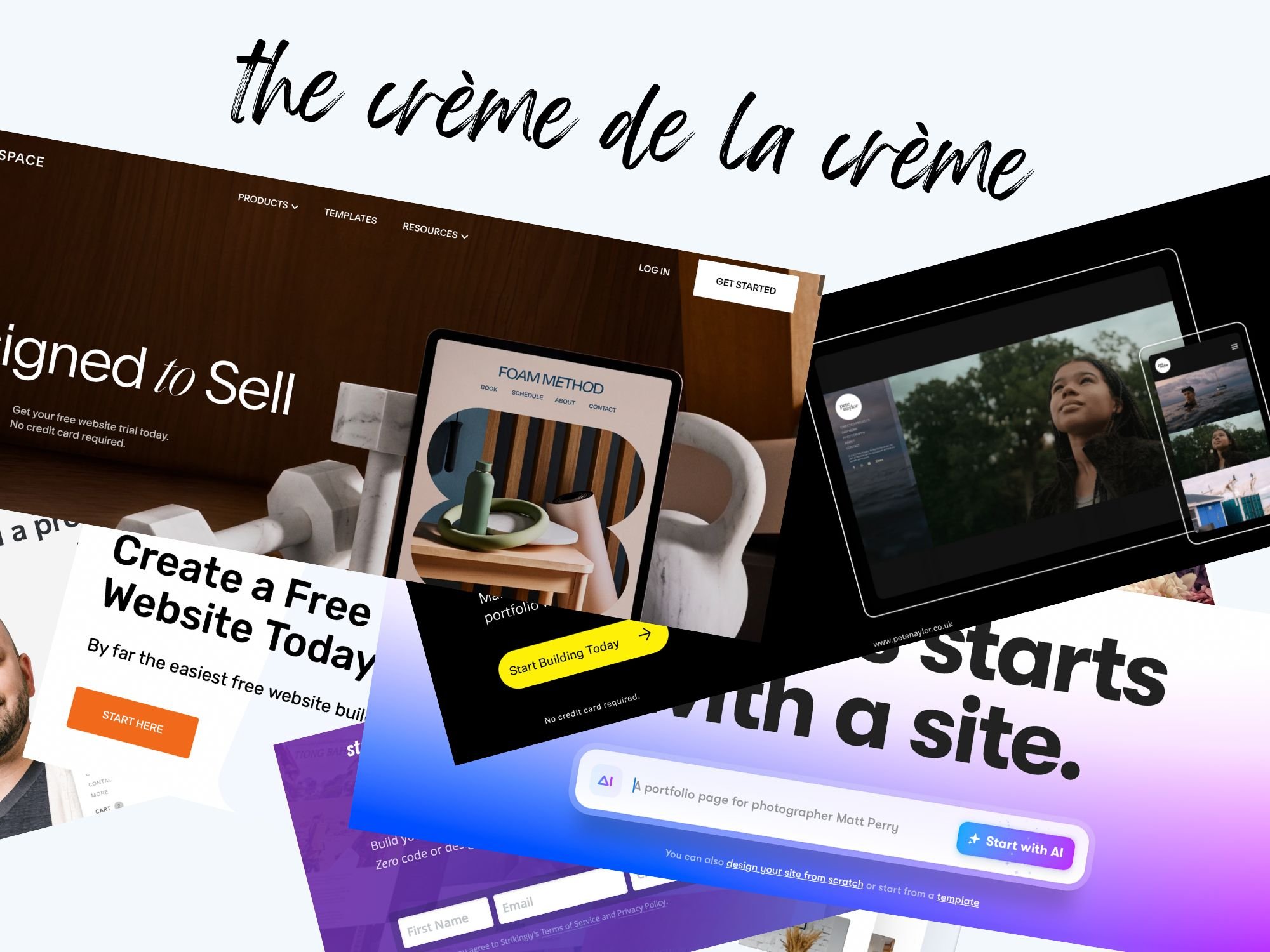Artist Persona 101 (find your art or music identity in 4 steps)
Who is your artist persona and creative identity? This is a question I never gave much thought to — even though the answer turned out to be pretty helpful for my artistic development.
It’s an important piece of who you are as a brand. And luckily, it’s also pretty fun to think about.
So whether you’ve been circling around this question for years or you just stumbled across the idea, the steps and tips in this post will help clarify things.
Alright, let’s get to it!
Table of Contents Show
What Is An Artist Persona (+ why should I care?)
An artist persona is your identity as an artist, musician or creative. It’s the creative representation of your personality traits, skills, interests and goals.
Ultimately, knowing your artistic identity guides your creative decision-making and vision.
So let’s dig deeper and look at some of the benefits of knowing your creative identity.
The Benefits of Having An Artist Persona
Part of my persona is this site — Jake You.
It’s not my real name and I love separating my creative life in this way. Here’s why.
It Adds Intention to Things
Defining your persona adds important intention to your creative brand.
And knowing yourself helps clarify what sets you apart (which in turn helps you stand out).
Art doesn’t always need a purpose or reason, but having your persona helps with decision making and direction.
You Make Better Decisions
Which projects should you focus on and which opportunities should you take?
What type of content should you make and where should you spend your time?
Knowing your artistic identity will be like an acid test to guide your decision making. It’s like putting up guardrails around your brand and artistic path.
You Clarify Your Brand Identity
I saw a great quote on Twitter recently. Essentially, it was arguing that marketing gets you attention – but branding keeps the attention.
Brand is more closely related to emotional cues, personality and individuality. So having a clear picture of your artistic identity is crucial for developing a strong and authentic brand.
Recommended: Branding for Creatives (my process)
Your Self Awareness + Creative Confidence Increase
Self awareness is a long game. Sometimes, I think I know myself – but then I question everything.
Who we are is sometimes quite different from who we wish we were or who we want to be (not to say we can’t be that person).
Luckily, your artistic identity evolves and grows and you can embody whoever you want.
This practice of creating a persona boosts self awareness and increases your confidence as an artist.
How to Find Your Artist Or Musical Identity (4 Steps)
The steps below are a map for finding your artistic or musical identity.
Although, at the risk of sounding reductionist, further work may be required. But don’t get discouraged.
This guide will still get you one giant leap closer.
1. Who Are You Outside of Your Craft?
Your artistic identity is an extension of your self-identity.
Who we are outside of art or music influences who we are as a creative. And the opposite is true too.
So a good first step in finding your artistic identity is to first know your general identity.
This requires some self reflection — meditation always helps me.
Here are some aspects about your identity to consider:
Interests and passions
Habits and hobbies
Fears or weaknesses
Your artistic values and beliefs
Personality and character traits
Past experiences
How do I define success?
Friends and social circle aspects
2. Create An Alter Ego
In an ideal world — without self-imposed limits or judgments — who would you be?
Write down every small detail about this future dream life. Because we’re creating your alter ego.
This is super fun and anything goes here.
Here are a few questions to help guide you:
Who are my inspirations?
What aspects or traits about my idols inspire me?
What are my personal goals as a musician or artist?
What value can I add to my audience?
What would my ideal artist life look like?
How do I want to be seen?
Recommended: How to Create An Alter Ego
3. Define Your Unfair Advantage
Now that we’re getting a clearer picture of who we are (and who we aim to be), let’s get strategic.
What is your differentiation and unfair advantage?
This may be related to your art or it may not be.
For example, part of my whole schtick is my traveling. I blend my love for songwriting with traveling (and creative entrepreneurship).
It’s all about layering your unique interests, skills and traits. This can be your unfair advantage.
For starters, you can write out your personality traits, skills and interests and then look for any interesting overlaps.
Connecting dots sounds easy but can be tricky and take some time.
So stay patient and circle back to this step periodically — because unfair advantages always evolve and develop.
4. Embody Your Persona
This part is fun – I see it almost like method acting.
The goal here is to fully embody your artist persona and alter ego — emotions and all.
Once you start getting comfortable with playing this role, it may not feel so much like a role anymore.
And if you’re still not sure who your persona or alter ego is, try a few different ideas out and see what feels right.
I definitely did this…
I believe I’ve had around 5 different social media accounts in total trying to find my…self.
But I don’t see this as wasted time.
I learned a lot about who I am and who I want to be.
So don’t feel stressed if who you find yourself to be today doesn’t match your goals. Our brains have neuroplasticity and we can do whatever and be whoever we want.
It’s all about just starting, reaching checkpoints and forging forward.
So carry on! And happy creating.
Want More? Check Out These Sweet Reads!





